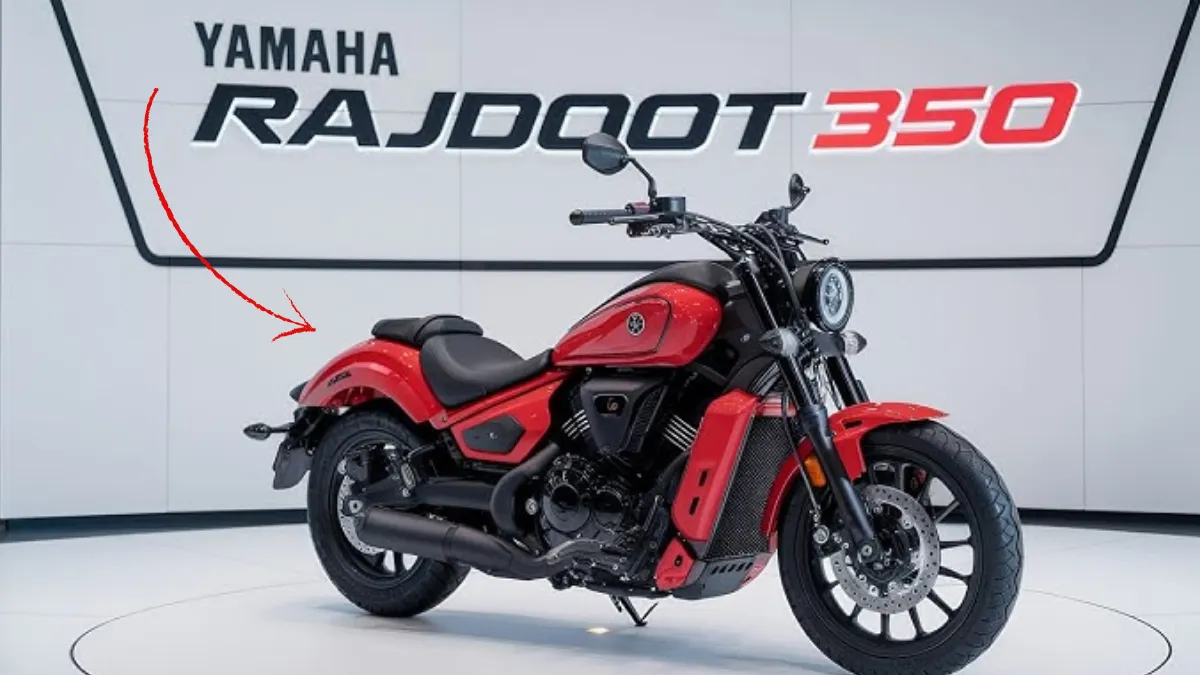Yamaha Rajdoot 350 is more than just a motorcycle—it’s an icon that introduced India to real performance biking. Launched in the 1980s, this two-stroke marvel combined raw power, striking looks, and an unforgettable exhaust note, making it a cult favorite that still lives on in the hearts of enthusiasts.
A Glorious Beginning: How the Rajdoot 350 Came to India
Yamaha Rajdoot 350 made its Indian debut in 1983 through a collaboration between Yamaha of Japan and the Indian company Escorts Group. It was essentially the Indianized version of the legendary Yamaha RD350B, a popular bike from the international market. Locally known as the “Rajdoot RD 350,” it was renamed to fit the brand line of Escorts’ previous models.
With minor tweaks to suit Indian conditions—like changes in carburetors and ignition timing—it was built to offer exhilarating performance while keeping fuel consumption somewhat in check.
Engine and Performance: A Beast Ahead of Its Time
At its heart, the Yamaha Rajdoot 350 featured a 347cc, twin-cylinder, air-cooled, two-stroke engine that produced an impressive 30.5 bhp in its High Torque (HT) version. Even the later Low Torque (LT) version, detuned to around 27 bhp, was no slouch.
- 0 to 100 km/h came up in under 7 seconds, a blistering figure for its time.
- Top speed? Over 140 km/h—a number unheard of in India during the 1980s.
The six-speed gearbox delivered smooth gear changes and allowed riders to enjoy every ounce of that powerful motor. The explosive acceleration and the unique sound of the parallel twin two-stroke engine created an unmatched riding thrill.
Design and Styling: Classic Yet Aggressive
The Yamaha Rajdoot 350 sported a minimalistic and functional design, with a muscular fuel tank, flat seat, twin-pod instrument cluster, and chrome touches that added to its retro charm. The twin exhausts, chrome fenders, and round headlamp gave it a distinctly classic look that still turns heads.
It was available in various colors, including red, blue, and silver, with striking decals that enhanced its road presence. The overall design was both utilitarian and stylish—built for Indian roads but born from global inspiration.
Handling and Ride Quality
Despite its power, the Rajdoot 350 handled remarkably well. Its double cradle frame gave it rigidity, while the telescopic front forks and twin shock absorbers at the rear offered a balanced ride. The bike was stable at high speeds and nimble enough for city riding.
The 18-inch wheels and drum brakes were standard for the time but demanded skilled braking at high speeds. Though heavy for the era, its weight added to its highway stability. However, beginners found the aggressive power band intimidating, especially when the power suddenly kicked in around 4,000 rpm.
Fuel Economy and Maintenance
The biggest drawback of the Yamaha Rajdoot 350 was its fuel consumption. With real-world mileage hovering around 20–25 km/l, it was expensive to run during a time when fuel prices were rising and the economy demanded frugality.
Maintenance was another challenge. Being a performance machine, it required timely tuning, quality two-stroke oil, and a well-trained mechanic—none of which were easily accessible in many parts of India back then. However, dedicated riders never minded the effort.
Popularity, Cult Status, and the End of Production
Initially, the Yamaha Rajdoot 350 was considered too powerful and expensive for the average Indian rider. The combination of high running costs, maintenance challenges, and poor fuel economy meant it was never a mass-market hit.
Still, it earned a cult following among performance bike lovers, racers, and modifiers. Bike clubs, drag racers, and restorers continue to keep the RD spirit alive even decades after production stopped in 1989.
Today, owning a well-maintained Rajdoot 350 is a matter of pride. Some collectors even import original parts or restore them piece by piece.
Why the Yamaha Rajdoot 350 Still Matters
The Yamaha Rajdoot 350 is not just a bike—it is India’s first performance motorcycle. At a time when most bikes were modest commuters, the RD350 roared onto the scene with its unapologetic power and rebel spirit. It influenced a generation of riders and paved the way for performance biking in India.
It’s a reminder of what motorcycles were before electronics, restrictions, and efficiency numbers dominated the scene. The raw feel, the crackling exhaust, and the adrenaline rush—it’s something only a Rajdoot 350 can deliver.
Conclusion
The Yamaha Rajdoot 350 remains one of the most iconic motorcycles ever sold in India. Though it failed to capture mass sales, it succeeded in creating a legendary status that continues to inspire bikers and collectors to this day. Its legacy lives on through restored models, rider communities, and the sound of that unforgettable twin-stroke exhaust.
For those lucky enough to ride one, the Yamaha Rajdoot 350 is not just a bike—it’s a powerful emotion.








